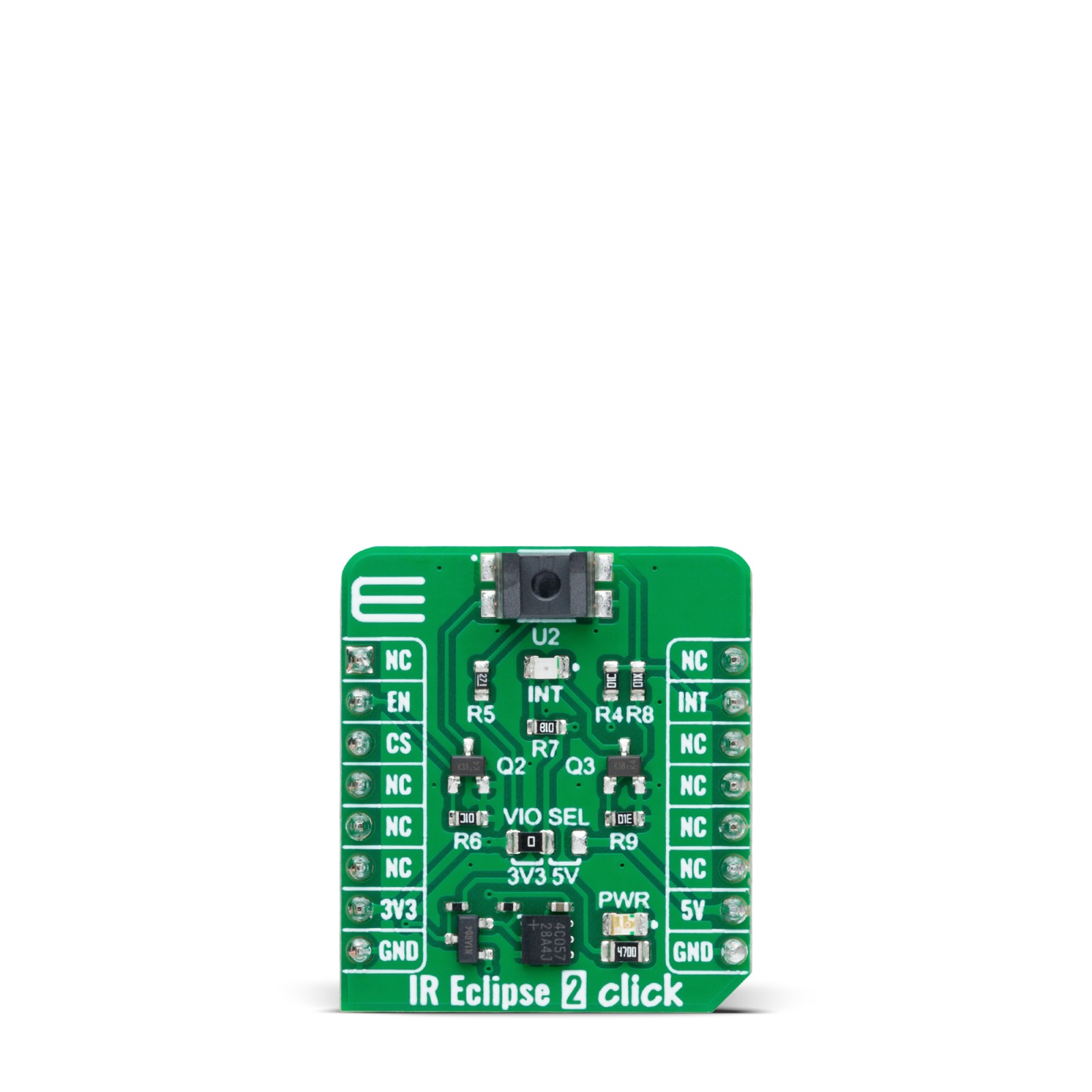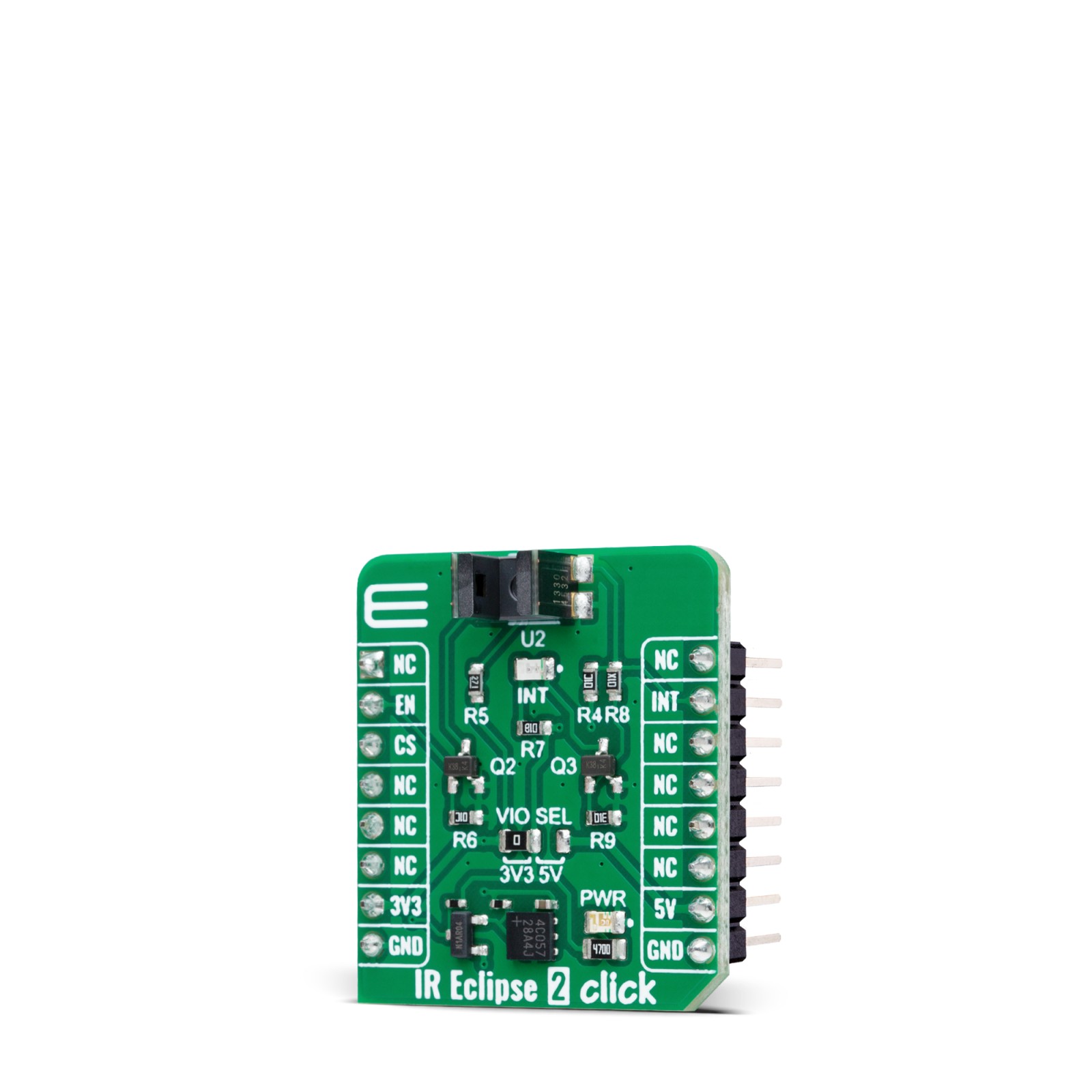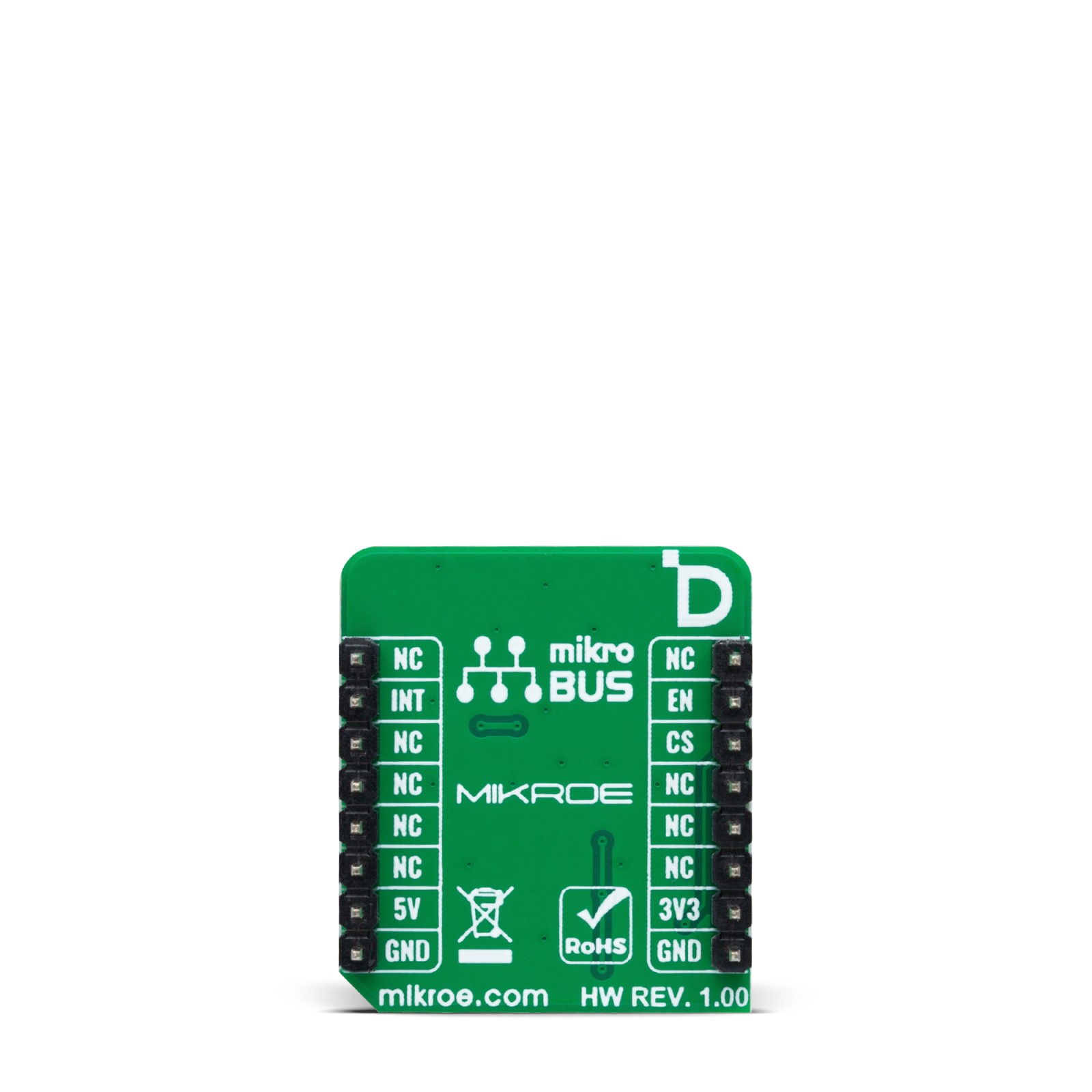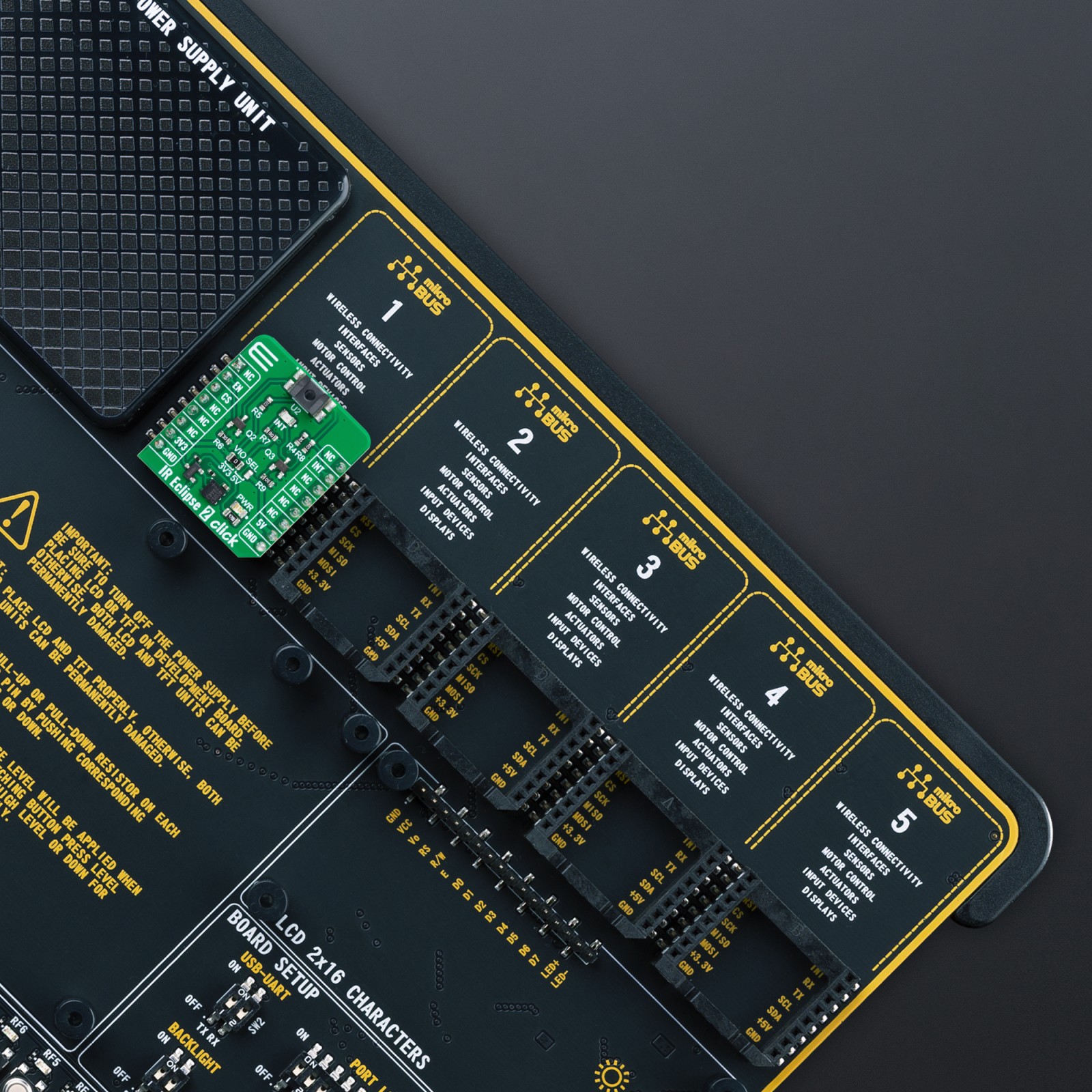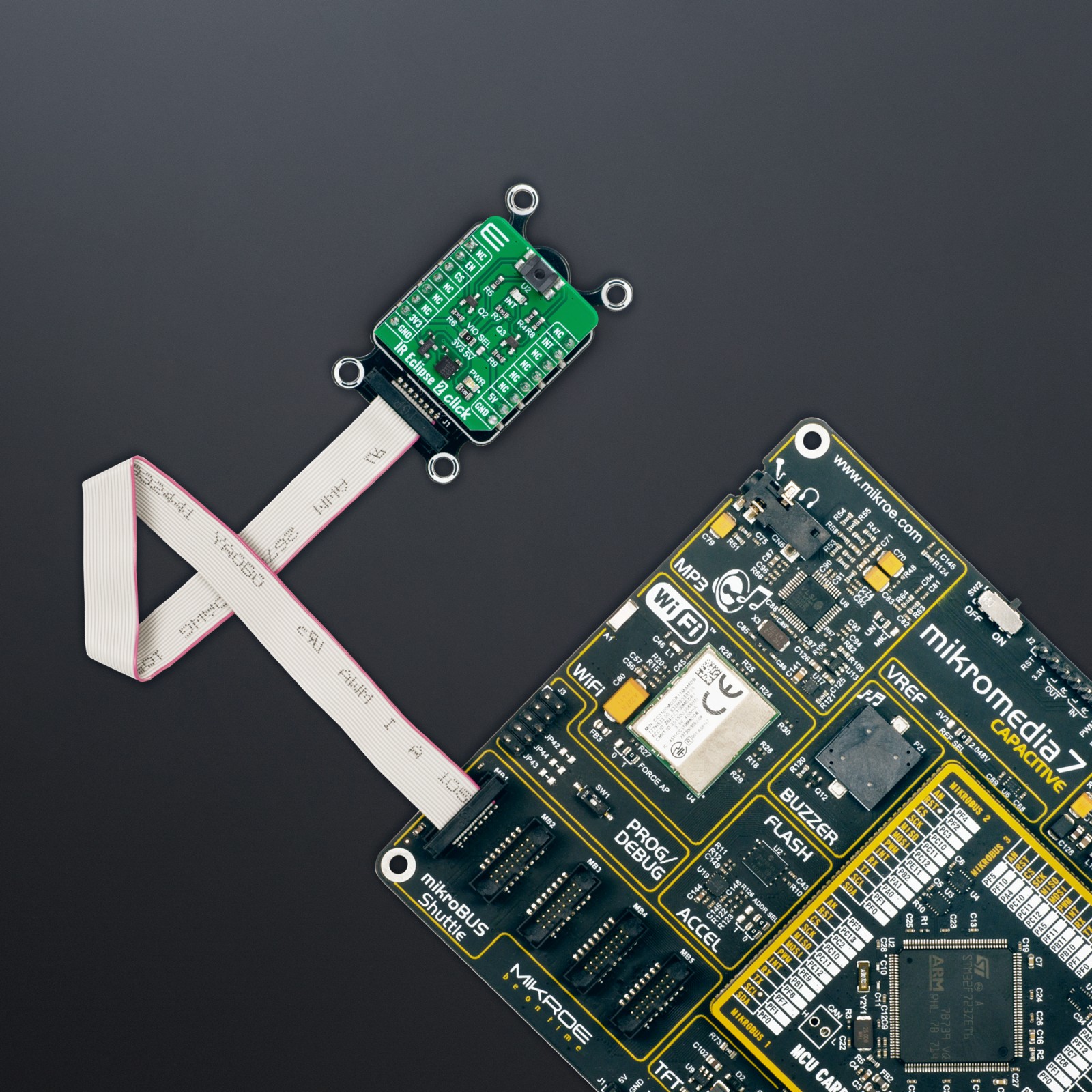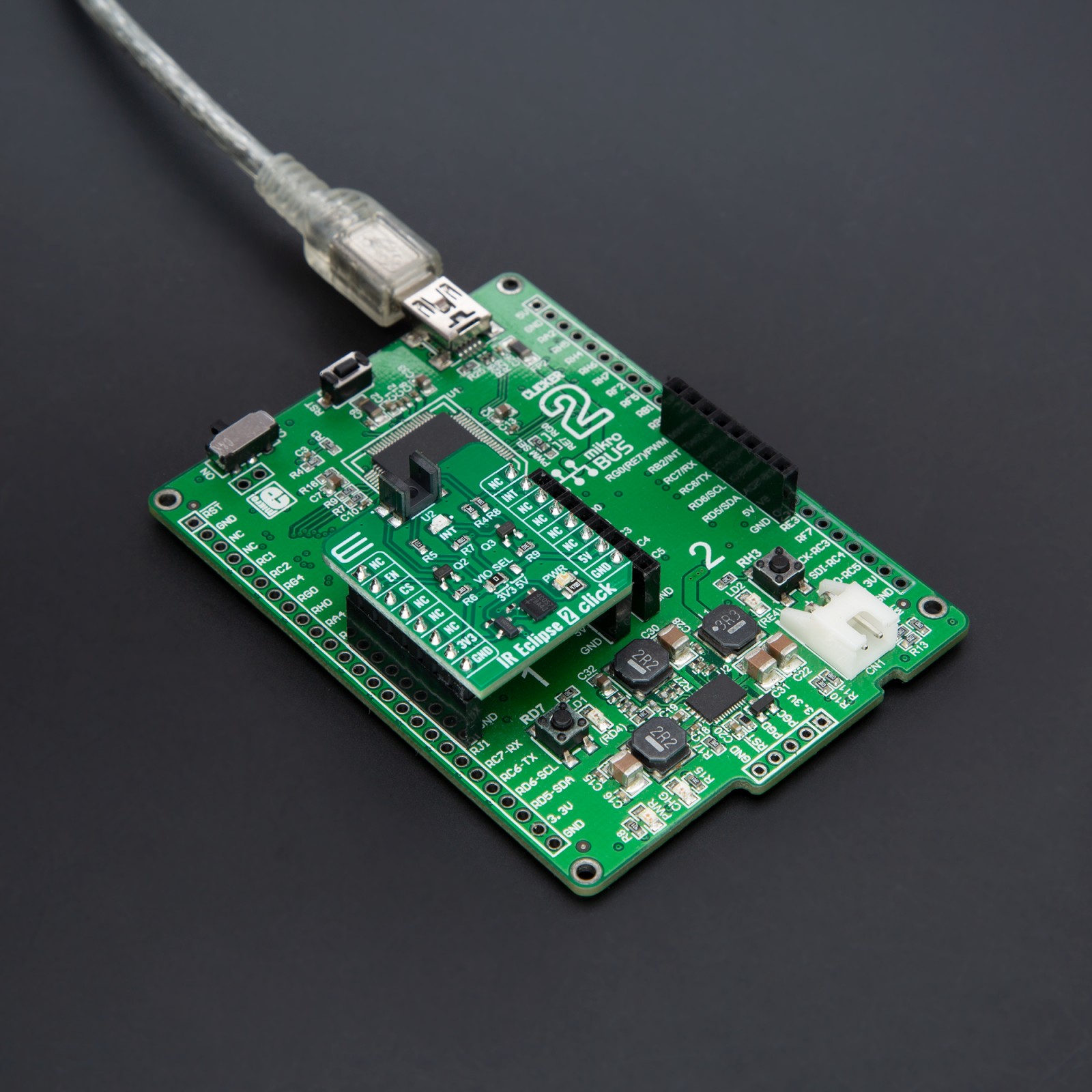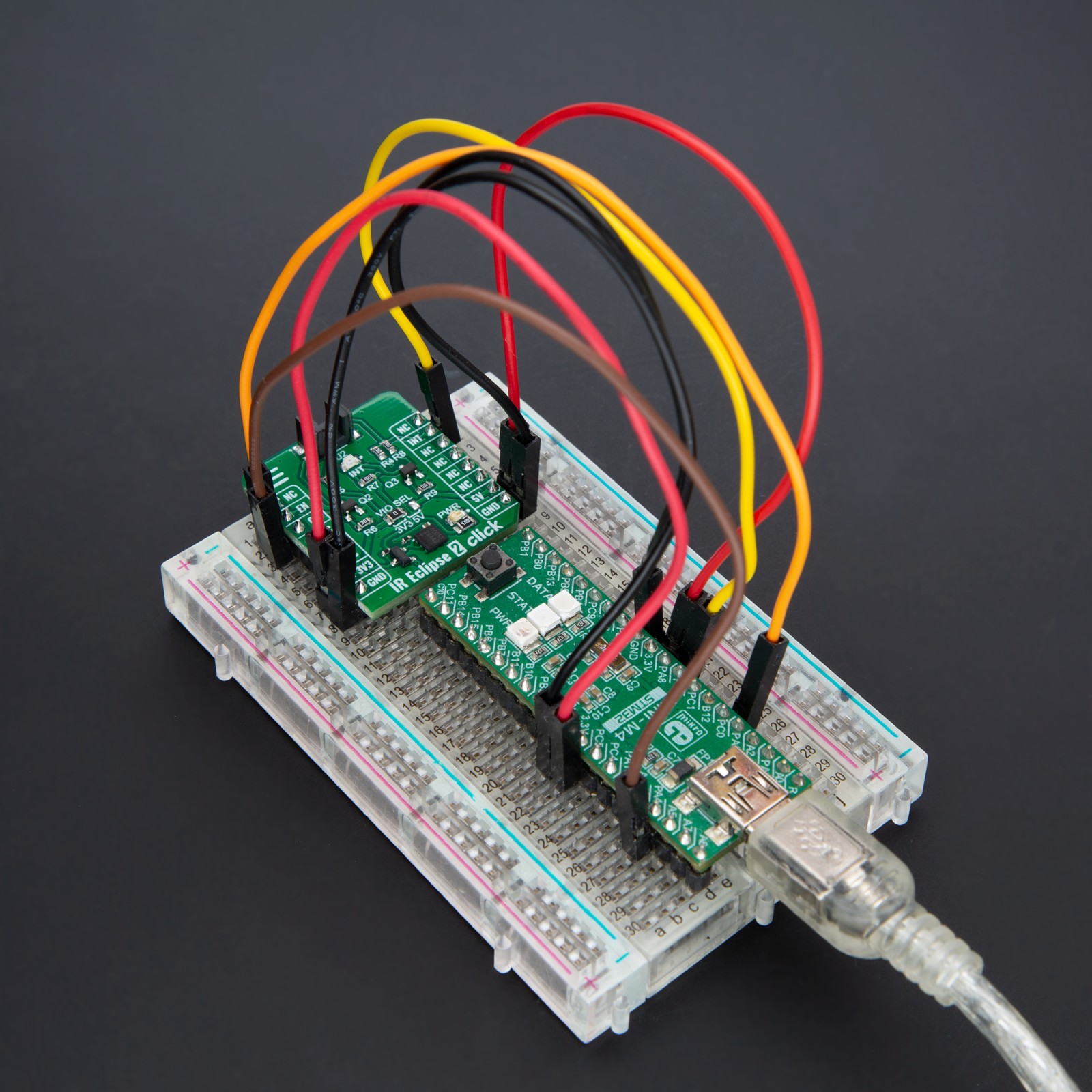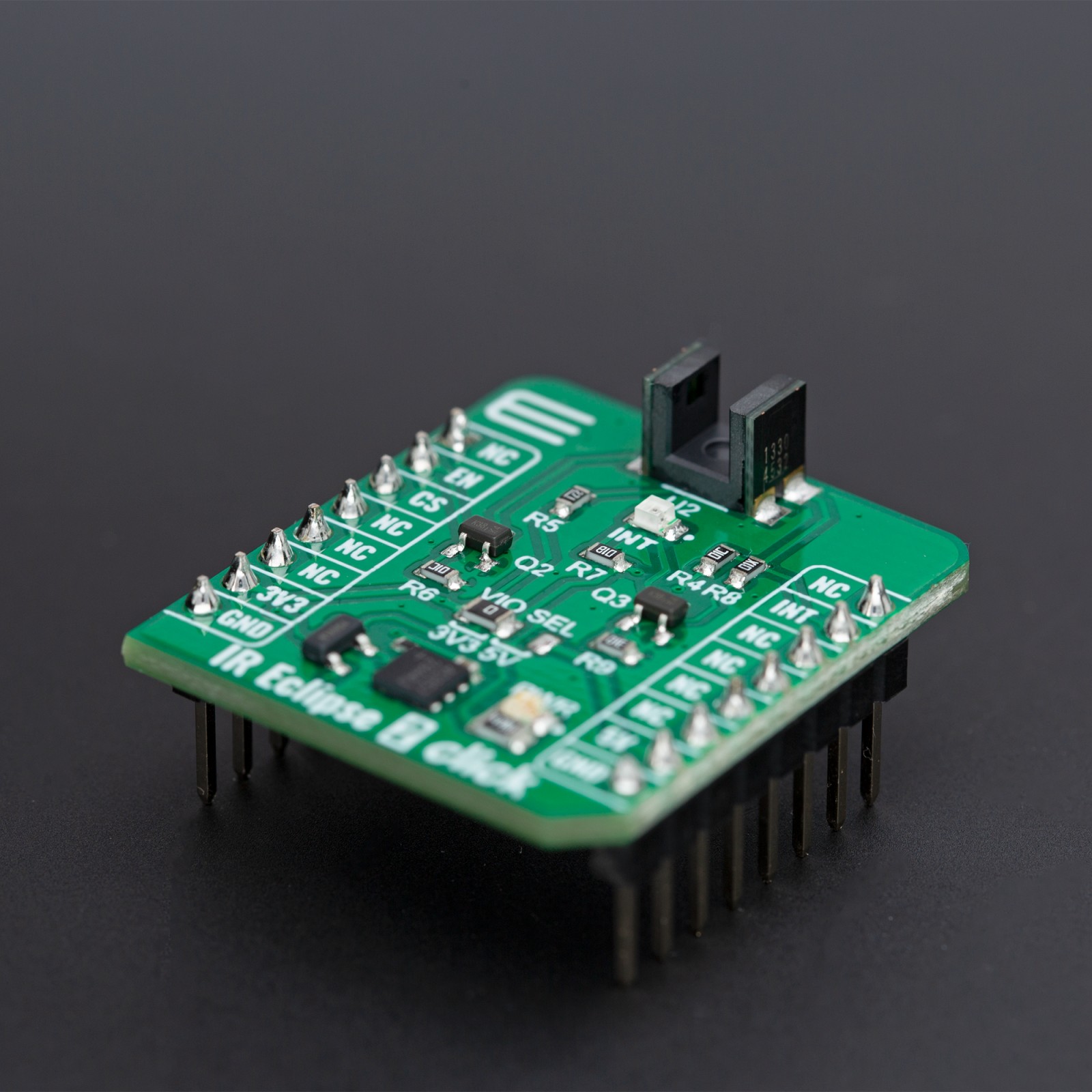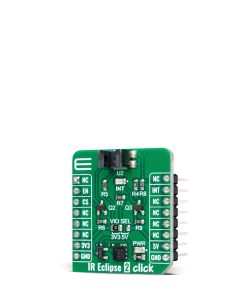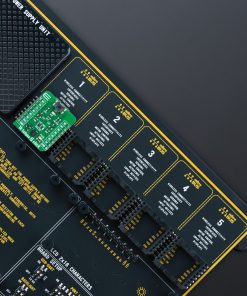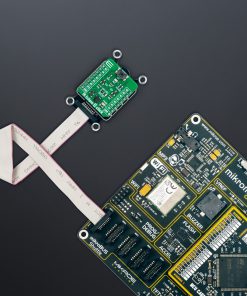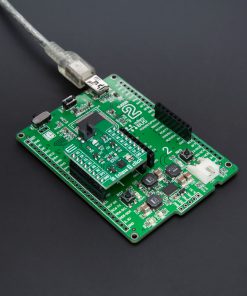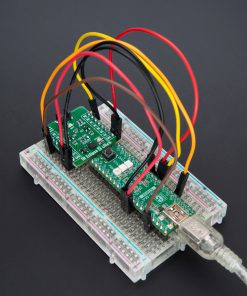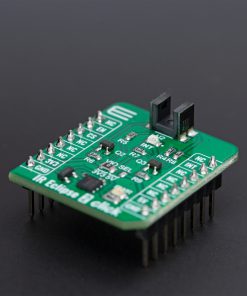-
×
 MPU 9DOF Click
1 × R555.00
MPU 9DOF Click
1 × R555.00 -
×
 WiFi Plus Click
1 ×
WiFi Plus Click
1 × R2,250.00R2,025.00 -
×
 3D Motion Click
1 ×
3D Motion Click
1 × R1,100.00R990.00 -
×
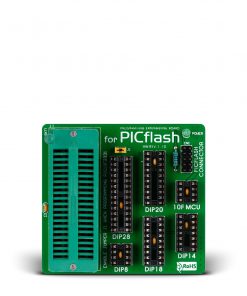 PICFlash Experimental Board
1 ×
PICFlash Experimental Board
1 × R270.00R243.00 -
×
 EXPAND Click
1 ×
EXPAND Click
1 × R265.00R238.50 -
×
 MP3 Click
2 ×
MP3 Click
2 × R490.00R441.00 -
×
 GSM Click
2 ×
GSM Click
2 × R1,100.00R990.00 -
×
 CODEGRIP for Tiva
1 × R3,950.00
CODEGRIP for Tiva
1 × R3,950.00 -
×
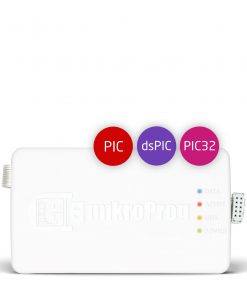 mikroProg for PIC, dsPIC and PIC32
1 × R1,450.00
mikroProg for PIC, dsPIC and PIC32
1 × R1,450.00 -
×
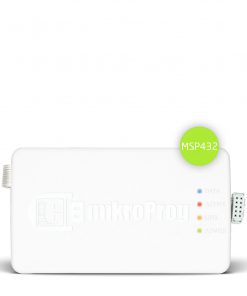 mikroProg™ for MSP432
1 ×
mikroProg™ for MSP432
1 × R2,700.00R2,430.00 -
×
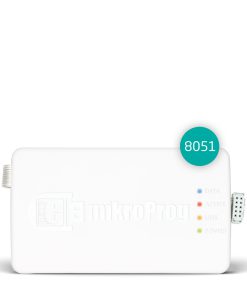 mikroProg™ for 8051
1 × R2,900.00
mikroProg™ for 8051
1 × R2,900.00 -
×
 GPS Click
1 ×
GPS Click
1 × R1,100.00R990.00 -
×
 DIGI POT Click
1 ×
DIGI POT Click
1 × R380.00R342.00 -
×
 ccRF2 Click
1 ×
ccRF2 Click
1 × R810.00R729.00 -
×
 RS485 Click 5V
1 × R240.00
RS485 Click 5V
1 × R240.00
Subtotal: R19,944.50

